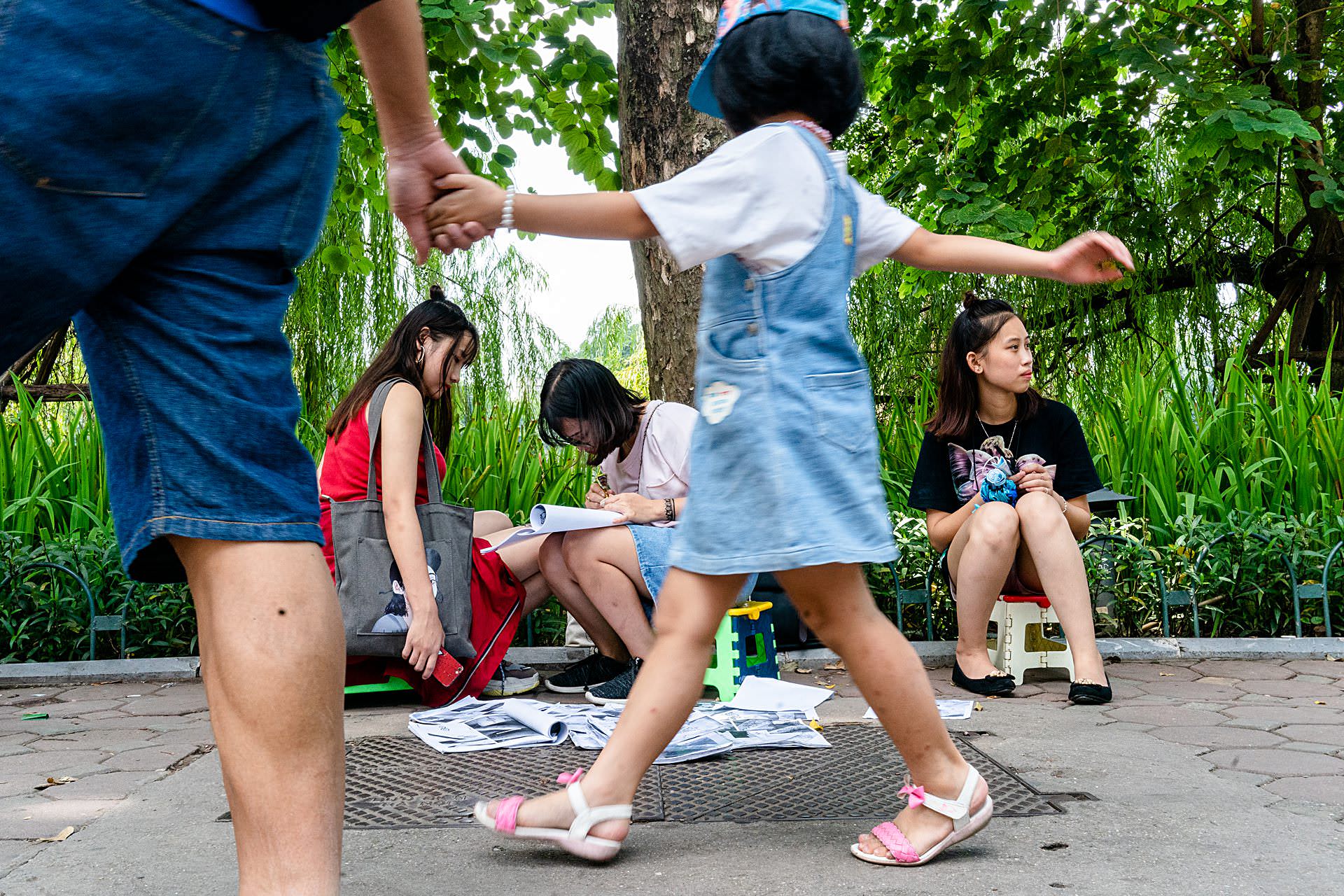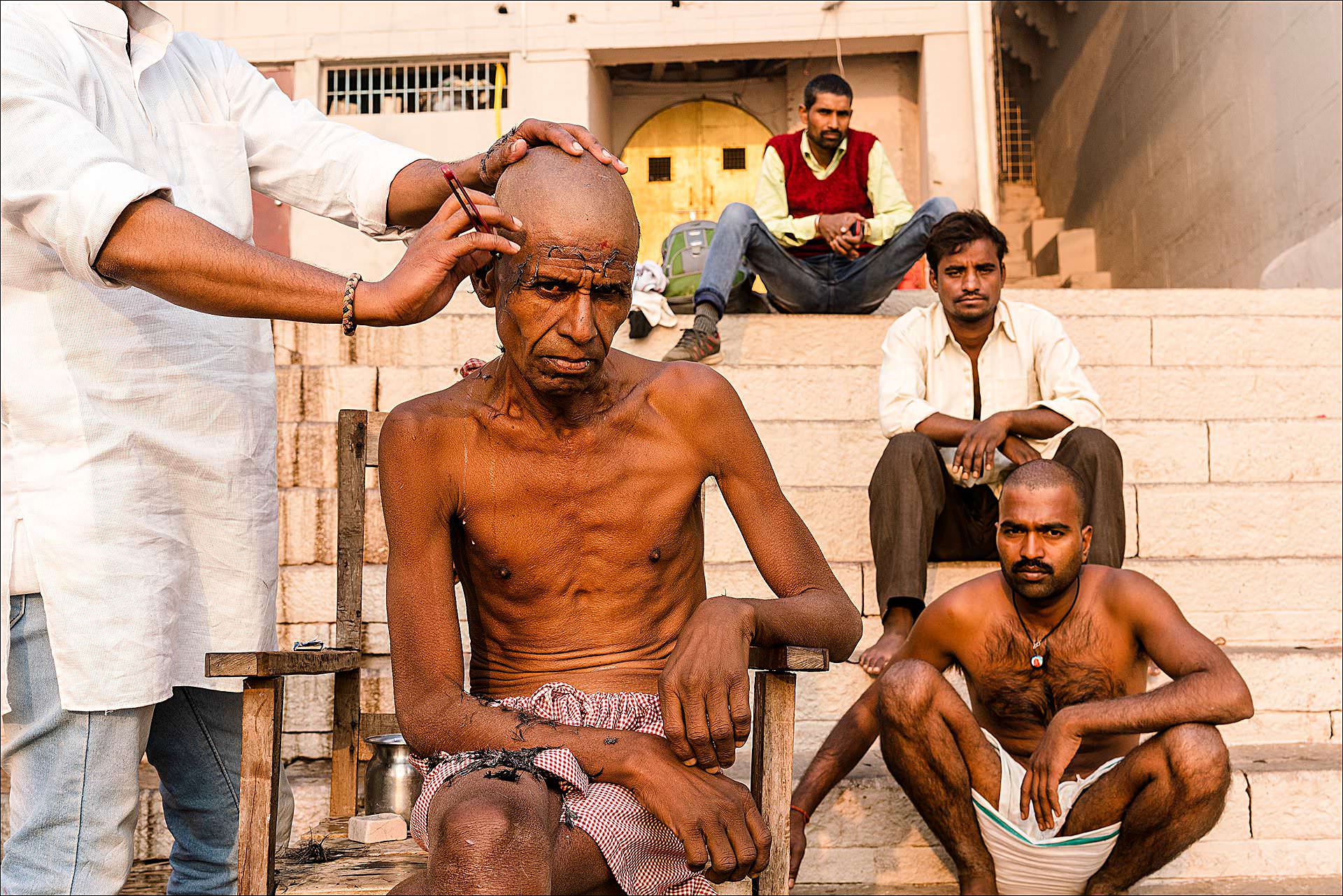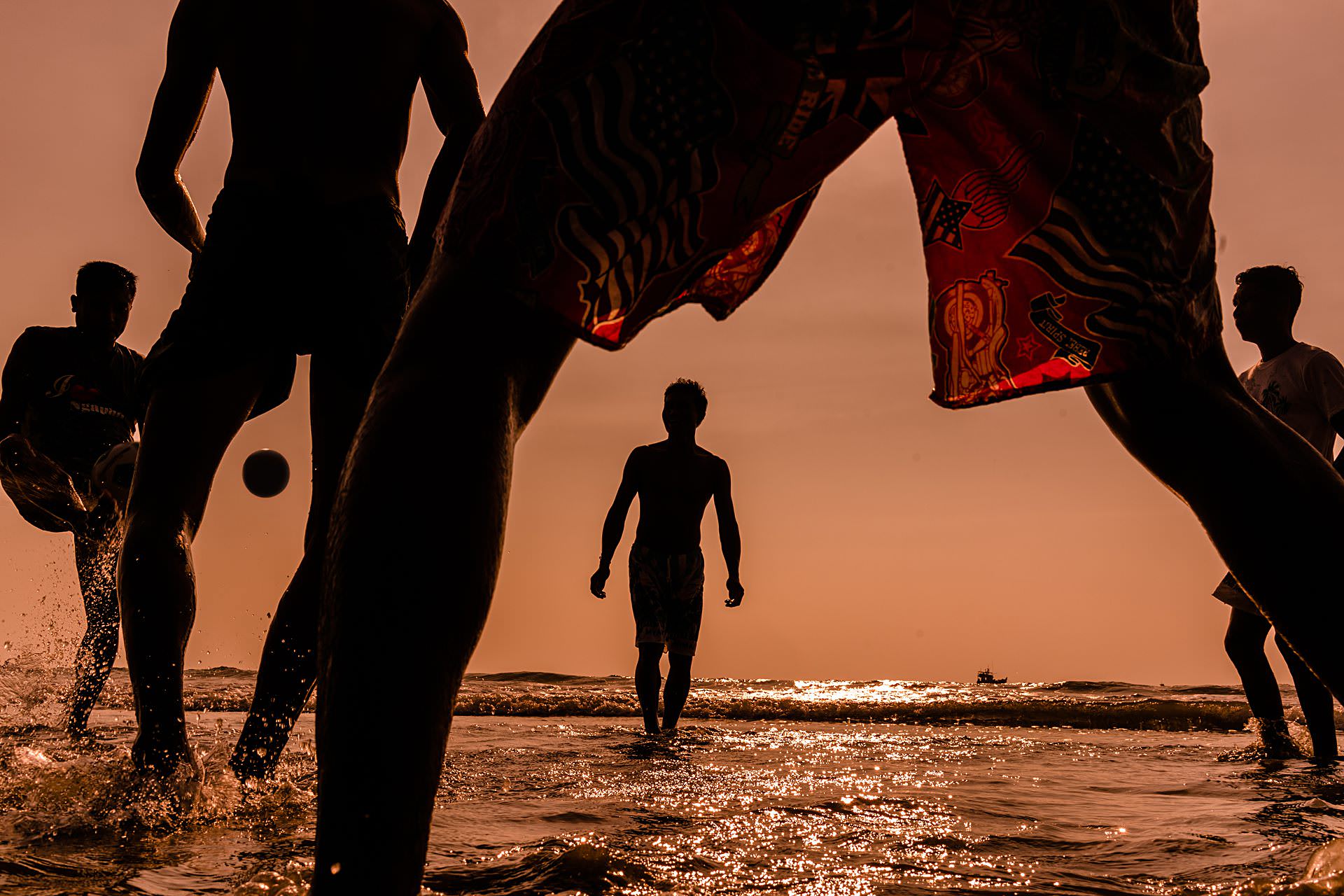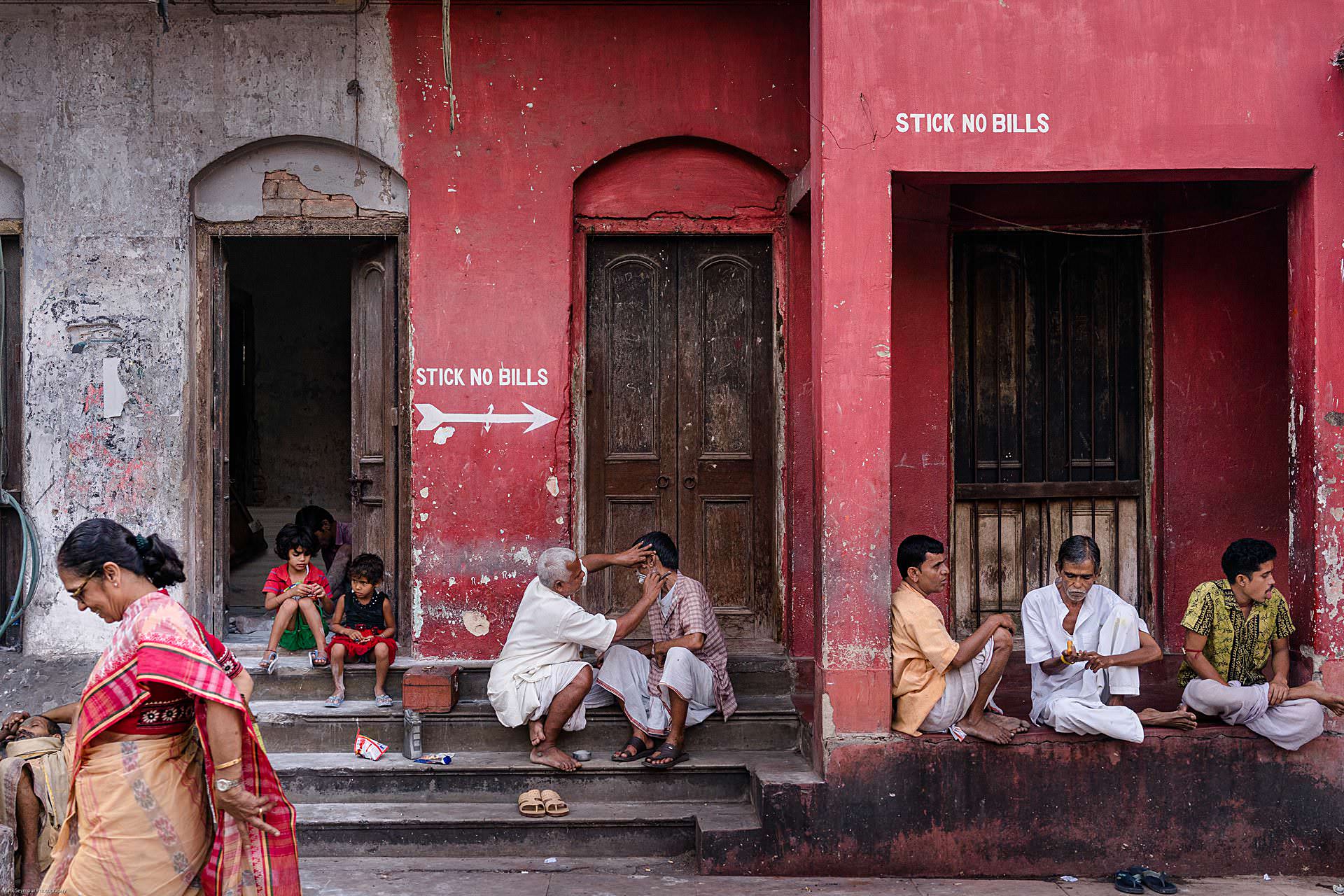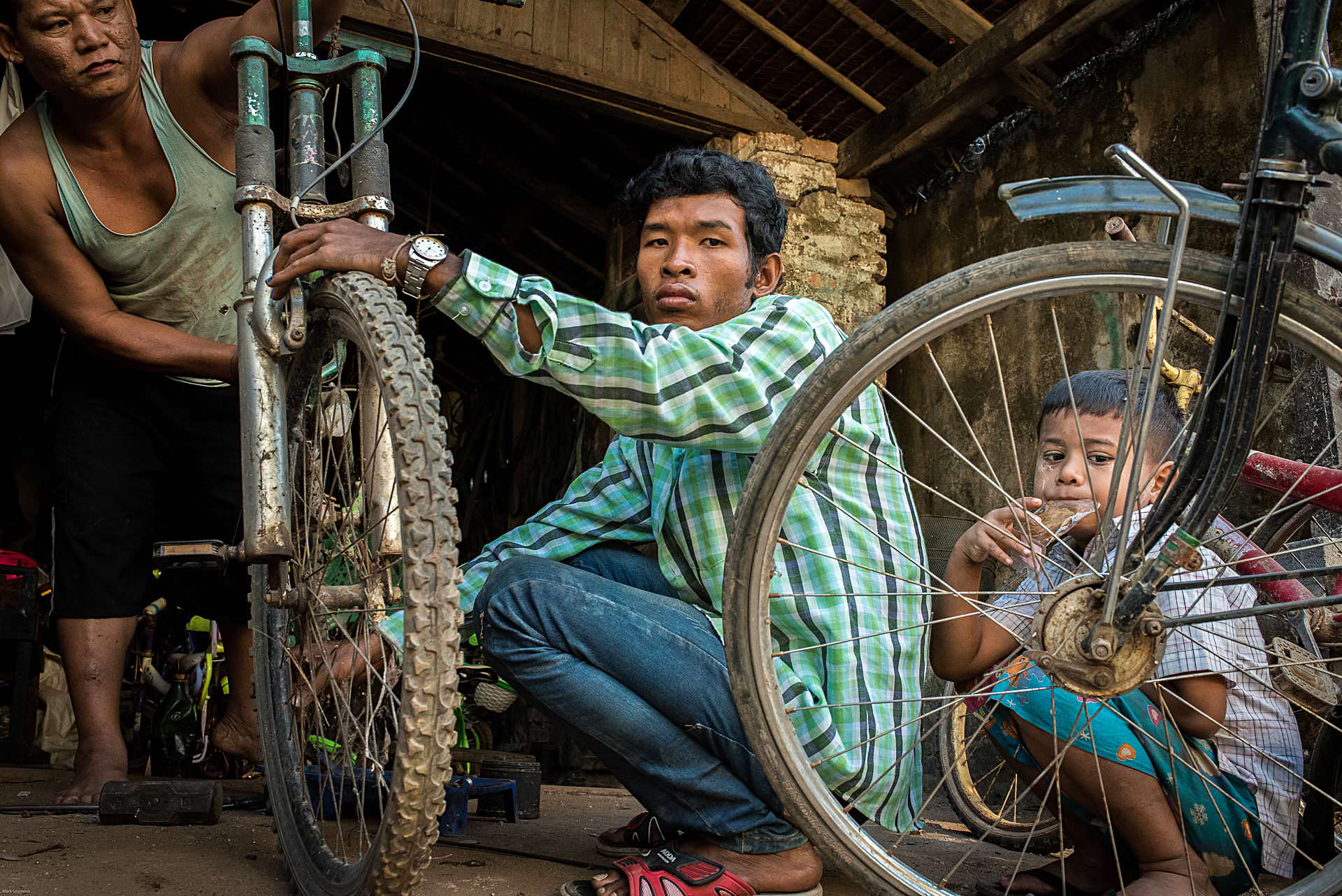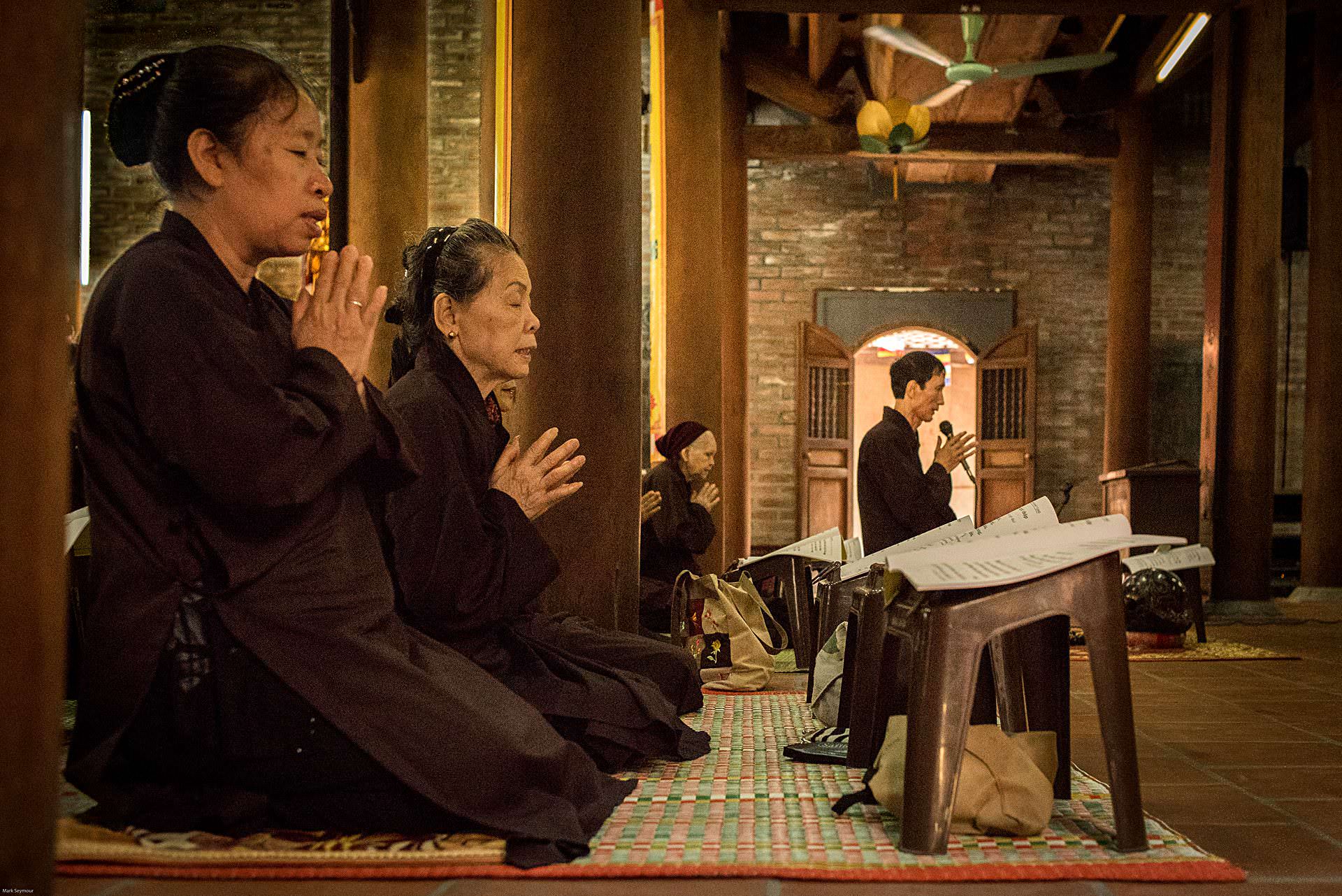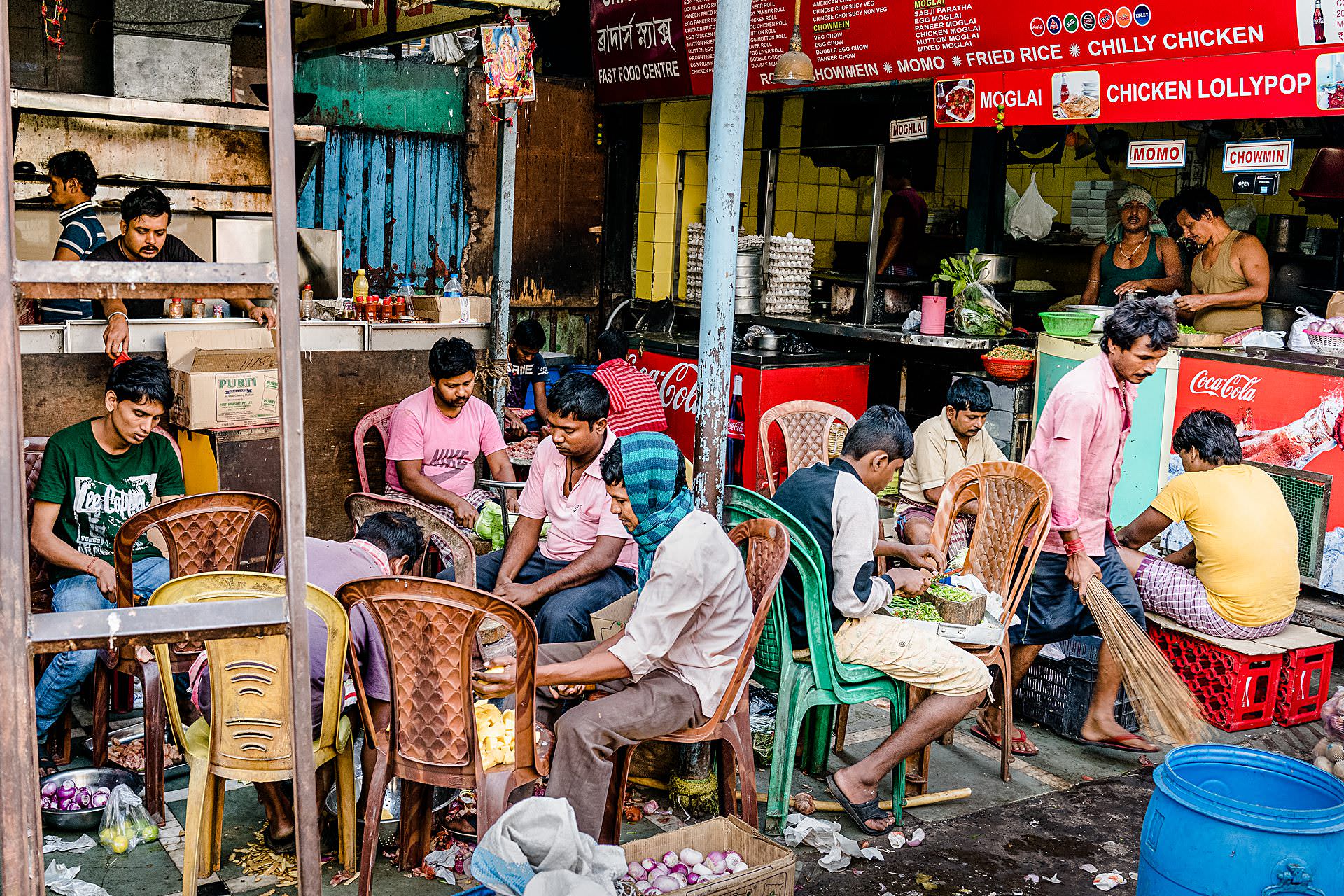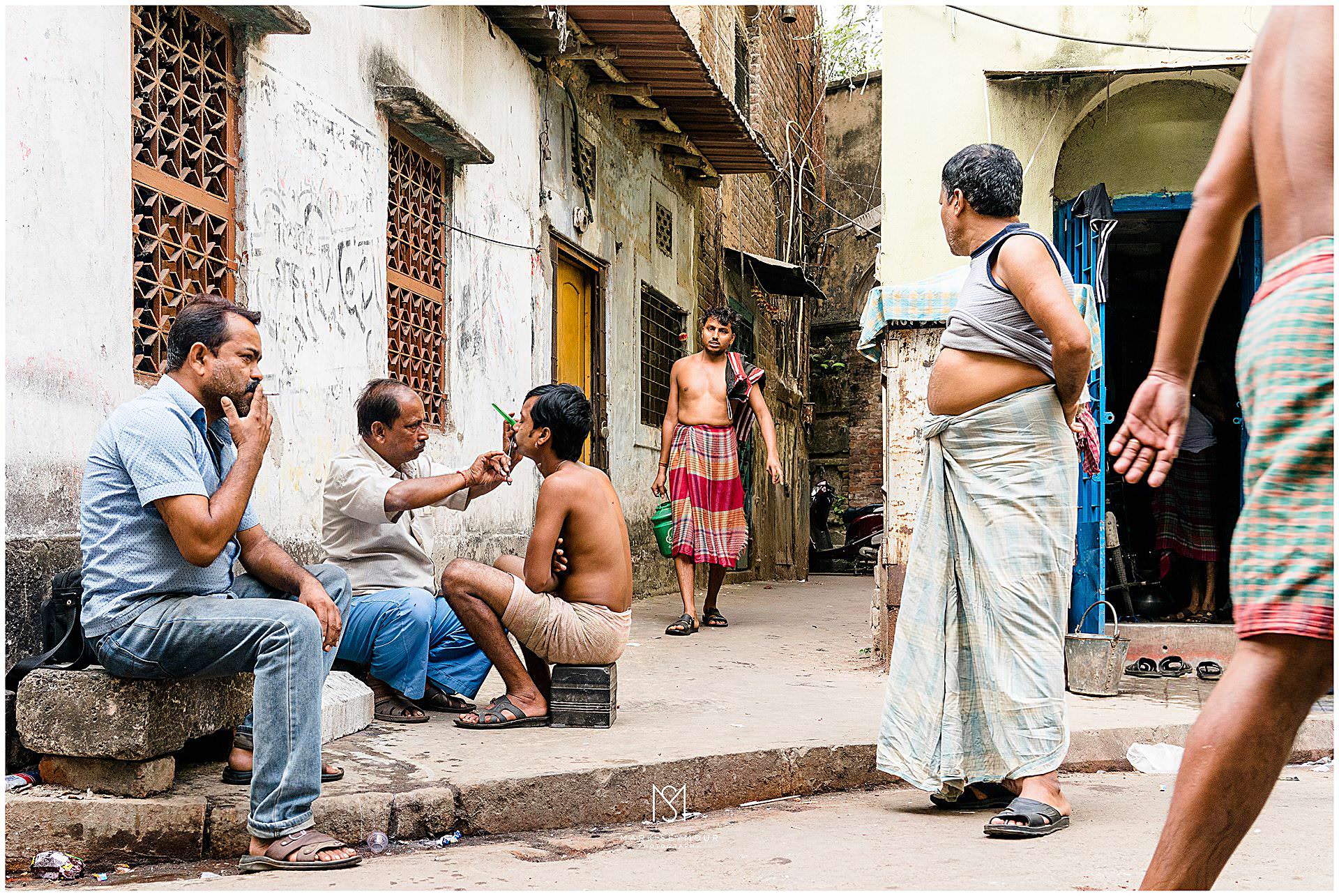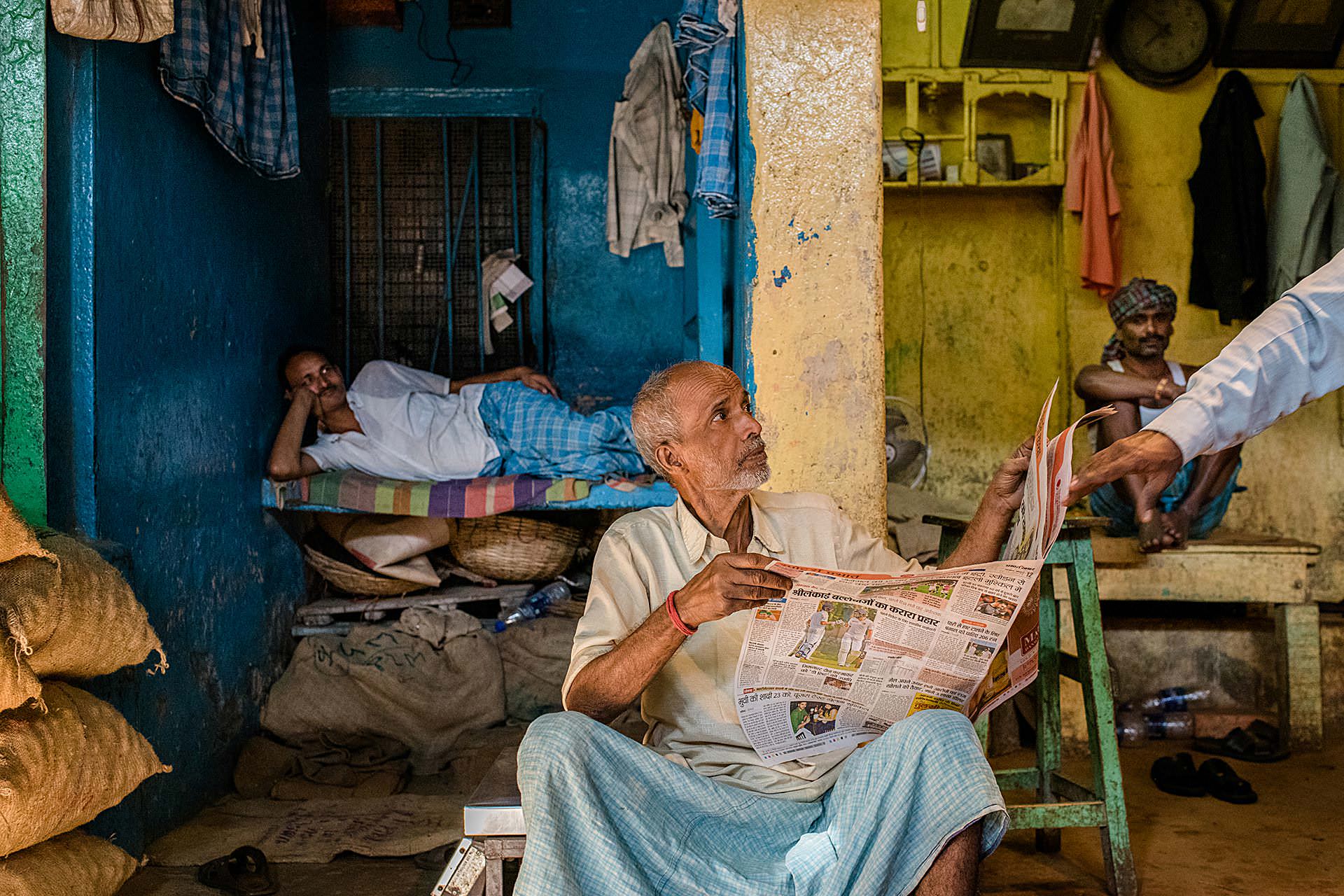Layering is creating interest in your street photography and travel photos by placing people on different planes whilst telling a story across the whole image
Layering is probably the single most effective way to bring interest into your images with multiple points of interest. Quite often images can be quite complex but tell a story within a single frame. Layering in itself doesn’t make a great photograph but it can enhance an image and when done well it’s a triumph. Layering within street photography can become quite difficult when no direction is given from the photographer and people within a scene are constantly moving causing the image to constantly change. More often I’ll see an opportunity of a layered image occurring whilst Im walking around and then I’ll stay in that location for some time waiting for all the elements to come together.
Elements that you looking or are
- People on different planes
- Heads in spaces
- You can quite clearly identify the subject
- Good interaction between subjects
- Story telling
- No bright highlights
- Leading lines
- Subjects in harmony with each other
- Good use of light
- A great moment ( a decisive moment )
Elements you don’t want in a layered image
- Heads crossing over each other
- No backs of heads especially as a main subject
- No interaction or people or people not engaging with each other
- Elements fighting with each other within a frame
- Try not to cut off feet or hands
- Lots of layers with no interest
Here are a few photographs that are both great layered images and tell a story with a short explanation of why I believe the image works
Kolkata The Temple
Taken on a 28mm lens I was attracted to the scene with all its colour and Id spotted it a a naturally three layered image. I stayed with the scene about 10 mins and took a few images but this was the best of the bunch for a couple of reasons
- The main subject is beautifully lit and the newspaper is acting as a natural reflector helping to lighten the shadows on his face.
- All the subjects are in their own spaces again beautifully lit and you can see all of their faces with no backs of heads.,
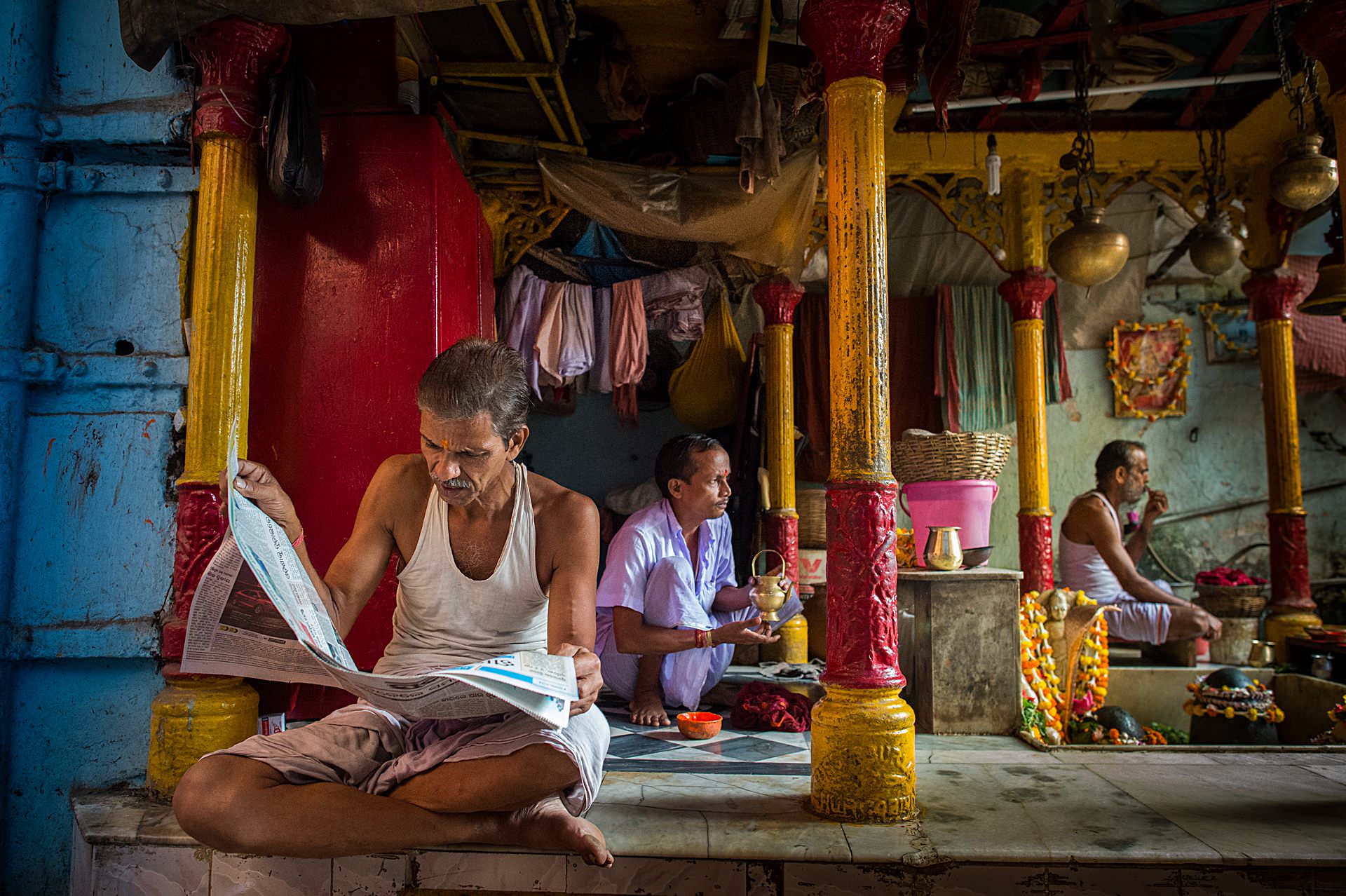
KOLKATA ..The Vegetable Market
It’s always interesting going with people to these busy markets because when we walk in we go wow, its so busy and so much is going on and there lies the danger in that we become like kids in a sweetshop buzzing around trying to capture everything or rabbits frozen by headlights where we become overwhelmed by the situation. The trick here is to slow down, observe and find a couple of good locations with solid backgrounds and then stay so they all feel comfortable with you around it allows them to get back on with what they are doing and so allowing you to observe and work the scene to get a great image. This is one such example. I was first attracted to the colours in the background and the potential for layers as there were both people in the foreground and background immediately giving me a two layered image and with the guy in the foreground being an interesting subject I got as close as possible whilst also keeping my background subjects within the frame. Then I got lucky when a fourth guy walked into the scene and the guy reading looked up to engage with him and all I had to do was move a little higher to ensure the subject in the background then had his head in its own space. I really like random hands in images as it adds an air of mystery to the image but also adds context.
Top tips to help get those layered image
1 Although often in street photography the mantra is to get close quite often with a multi layered image you will find you have to step back to get all of the scene in
2 Foreground is so important and although you may be trying to capture all the scene it often elevates a picture if you have an interesting fore ground subject
3 Layering is not a formula you can apply but something you will learn to see the more you practice. You won’t just find layering street photography but in almost every genre with the almost classic landscape shot with a large rock in the foreground and the interest further into the image.
4 When you come across a scene you may need to work it a little by changing your angle or position a little to give you that perfect shot where no heads a crossing each other or heads are in their own spaces or perfectly framed with natural elements within the image.
5 Generally layered images are shot with a high f.stop giving a large depth of field so that all the foreground middle and background is in focus. Shallow DOF rarely works.
6 Try and look around the whole frame and ensure there are no distracting elements in the corners of the frame
7 Try and keep all the subject in the frame or cut them at an appropriate point. In other words just don’t cut of someones fingers or the bottoms of their feet.
8 Be prepared to stay with a scene for a little while and when you’ve found a scene worth working shoot hard and then edit hard to show just the best single image
A few more Layered Photographs
